Bringing home a new puppy is an exciting adventure filled with joy, laughter, and endless cuddles. However, alongside the fun, comes the responsibility of training your furry friend to ensure they grow into a well-behaved and happy adult dog. If you're a first-time puppy owner, don’t worry! We've got you covered with these essential training tips to set you and your puppy up for success.
1. Start with Basic Commands 🐾

When to start: Begin training as soon as your puppy settles in, usually within the first week.
Begin with simple commands such as "sit," "stay," "come," and "down." These basic commands are the building blocks of a well-trained dog. Start with short, focused training sessions (5-10 minutes) and use positive reinforcement, like tasty treats and enthusiastic praise, to encourage your puppy's success. Watching your puppy master these commands will fill you with pride and joy!
2. Be Consistent 📅

When to implement: Consistency should be established from day one.
Consistency is your secret weapon in puppy training. Use the same commands and rewards every time to avoid confusing your little one. Ensure everyone in your household is on the same page with the training techniques. A consistent approach creates a stable learning environment for your puppy. For example, if you're teaching your puppy to sit, always use the same word and hand signal.
3. Socialize Early 🐕

When to start: Begin socialisation as early as 7-8 weeks old, but consult your vet about vaccinations.
Early socialisation is key to raising a confident and friendly puppy. Expose your puppy to various people, environments, and other animals. Aim to introduce your puppy to a new experience every day. Puppy classes or playdates with other vaccinated dogs can be incredibly beneficial. A well-socialised puppy is less likely to develop fear or aggression issues and more likely to become a well-rounded adult dog.
4. Use Positive Reinforcement 🎉

When to start: Begin using positive reinforcement immediately.
Positive reinforcement is a powerful tool in puppy training. Reward your puppy for good behaviour with treats, toys, and plenty of praise. This method encourages them to repeat the desired behaviour. Avoid punishment, as it can create fear and anxiety, hindering your puppy's learning process. Celebrate each small victory with your puppy to keep the training fun and engaging.
5. Crate Training 🏠

When to start: Start crate training within the first few days.
Crate training is an effective way to house-train your puppy and provide them with a safe space. Introduce the crate as a cozy, positive place by placing treats and toys inside. Gradually increase the time your puppy spends in the crate, ensuring they see it as a comfortable and secure environment. A crate-trained puppy feels safe and secure when you're not around. Make sure the crate is the right size – big enough for your puppy to stand up, turn around, and lie down comfortably.
6. Establish a Routine ⏰

When to start: Establish a routine from the first day.
Puppies thrive on routine. Establish regular feeding, playtime, and potty schedules. This helps your puppy understand what to expect and reduces the chances of accidents and misbehaviour. A structured routine makes life easier for both you and your puppy. For instance, take your puppy outside to the same spot for potty breaks right after meals and naps.
7. Be Patient and Persistent 🐾

Ongoing: Patience and persistence are needed throughout the training process.
Training a puppy requires patience and persistence. There will be setbacks and challenges, but it's important to stay calm and consistent. Celebrate the small victories and continue to reinforce positive behavior. Remember, every puppy learns at their own pace. If your puppy has an accident or doesn't follow a command, don't get frustrated. Just calmly try again.
8. Enroll in Puppy Training Classes 🎓

When to consider: Around 12-16 weeks old, after the initial vaccination series.
Professional training classes can provide structure and expert guidance. Consider enrolling your puppy in these classes to enhance their training experience. These classes also offer an excellent opportunity for socialisation with other puppies, which is crucial for their development. Look for a class that uses positive reinforcement methods.
9. Address Behaviour Issues Early 🚫

When to start: Address issues as soon as they arise.
If your puppy exhibits problematic behaviours such as biting, excessive barking, or chewing, address them immediately. Ignoring these issues can lead to bigger problems as your puppy grows. Seek advice from a professional trainer if needed to nip these behaviours in the bud. For example, if your puppy is nipping, provide them with a chew toy and redirect their attention.
10. Enjoy the Process ❤️

Always: Enjoyment and bonding should be constant.
Training your puppy is more than just teaching commands—it's a bonding experience. Enjoy the time you spend together and celebrate your puppy's progress. Building a strong, positive relationship with your puppy will make training more effective and enjoyable for both of you. Savour every moment, as your puppy will grow up faster than you can imagine!
By following these essential puppy training tips, you'll be well on your way to raising a well-behaved and happy dog. Remember, patience, consistency, and positive reinforcement are the keys to successful puppy training. Happy training, and enjoy every wag, bark, and cuddle along the way! 🐾📚

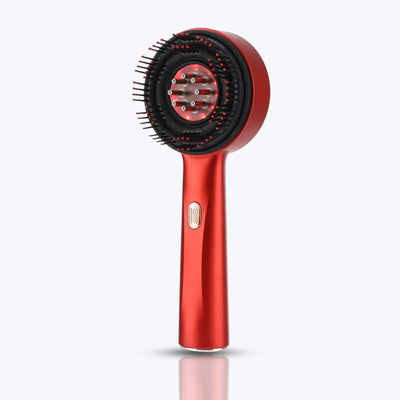
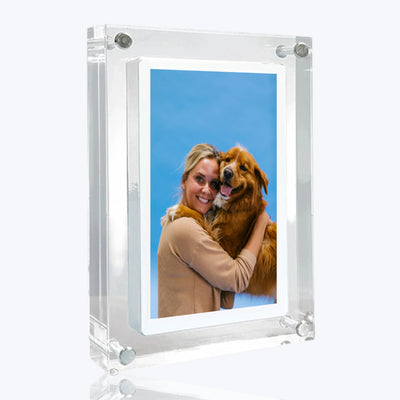
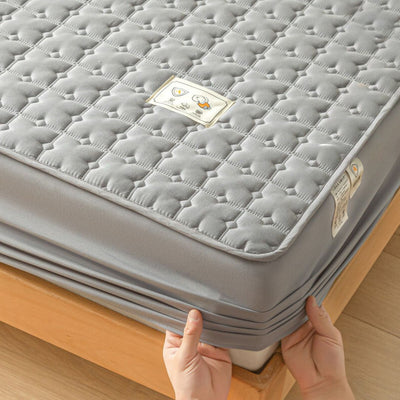



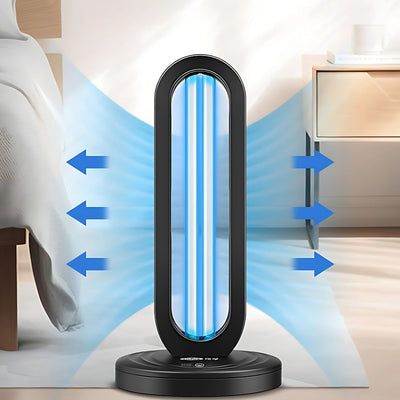

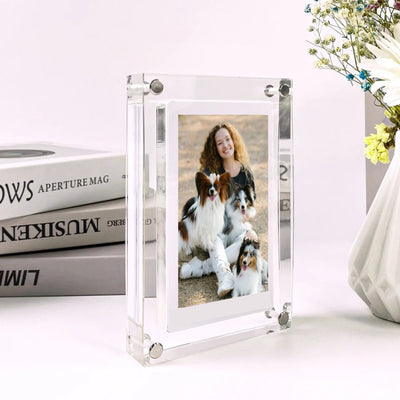


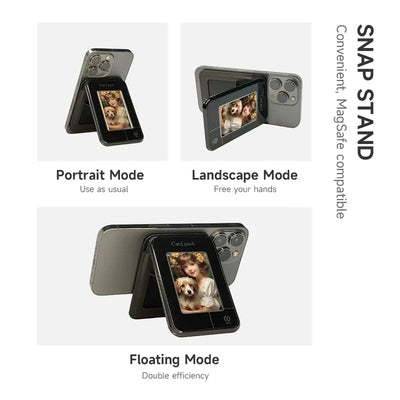
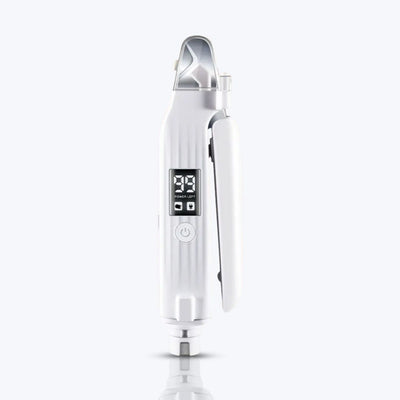

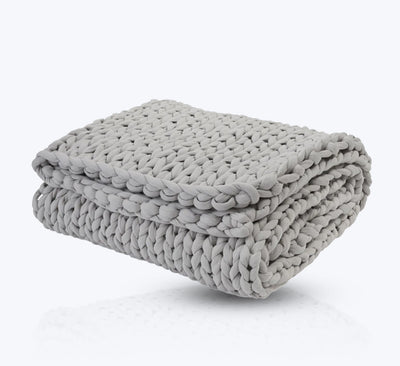
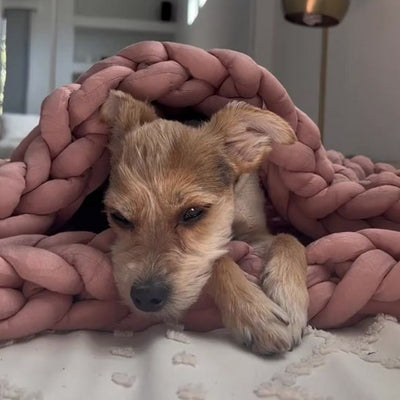





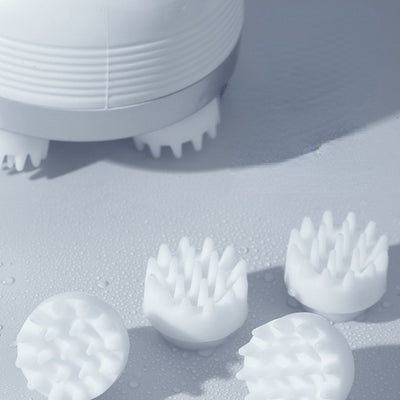
1 comment
Any help to get your puppy to sleep beyond 4.30/5 am??
She goes down around 11 and doesn’t wake up wanting food or the toilet but barks excessively if you don’t go to her